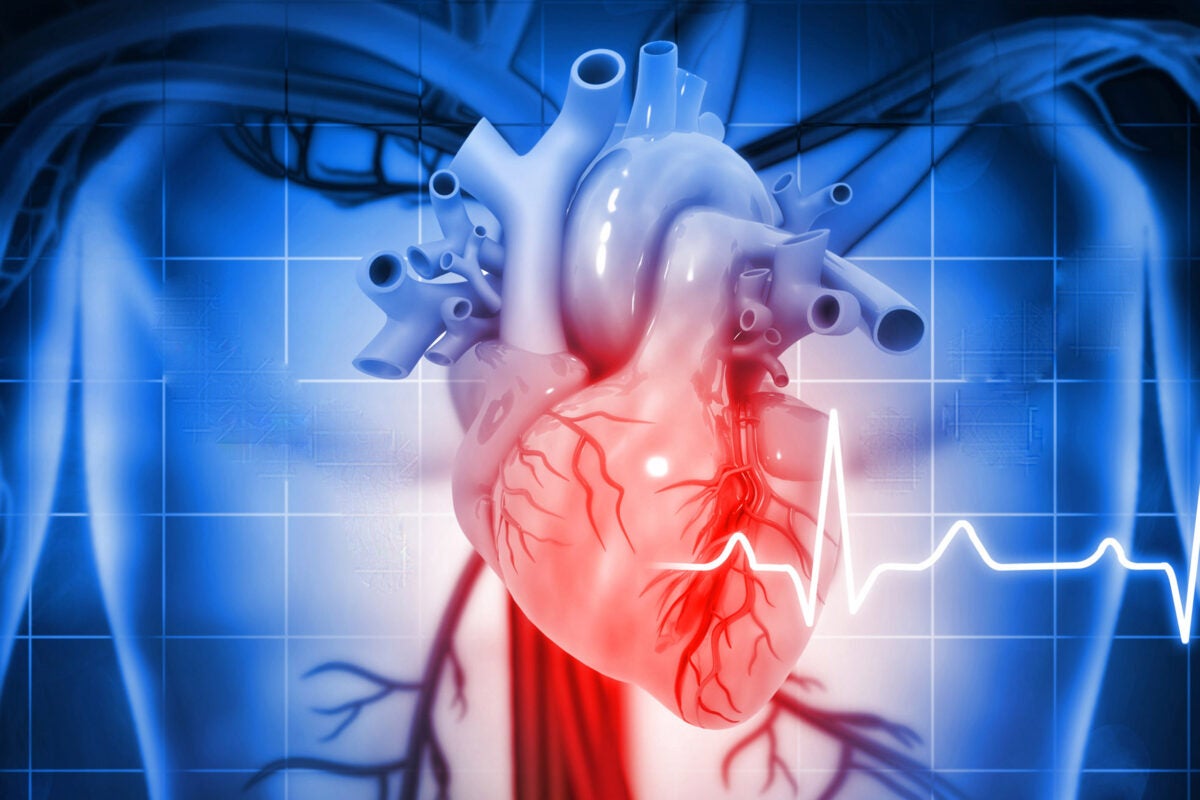Health
Wildfire smoke can harm heart and lungs even after the fire has ended
First study to fully assess its impact on all major types of cardiovascular, respiratory diseases
Being exposed to lingering fine particulate matter (PM2.5) from wildfire smoke can have health effects up to three months afterwards, well beyond the couple of days that previous studies have identified, and the exposure can occur even after the fires have ended.
These findings were reported in a new study in Epidemiology published on May 28 by researchers at the Icahn School of Medicine at Mount Sinai and Harvard T.H. Chan School of Public Health.
This medium-term exposure to PM2.5 from wildfire smoke was associated with increased risks for various cardiorespiratory conditions, including ischemic heart disease, cerebrovascular disease, arrhythmia, hypertension, pneumonia, chronic obstructive pulmonary disease, and asthma.
“Even brief exposures from smaller fires that last only a few days can lead to long-lasting health effects.“
Yaguang Wei, associate, Harvard Chan School Department of Environmental Health
PM2.5 is a mixture of tiny particles and a major component of wildfire smoke. Compared to non-smoke PM2.5, smoke PM2.5 is smaller in size and is considered more dangerous because it is richer in carbonaceous compounds, which are more likely to induce oxidative stress and inflammation and thus pose a greater threat to public health.
The study also showed larger effects in neighborhoods with more vegetation or more disadvantages (e.g., lower education, more unemployment, lower housing quality, and higher poverty), as well as among people who have smoked at any point in their life.
This is the first study to examine the medium-term health effects of wildfire smoke. It is also the first to comprehensively assess its impact on all major types of cardiovascular and respiratory diseases.
“Wildfire activity in the United States has increased substantially over the past few decades, resulting in an increase in emissions that have begun to reverse decades of air quality improvements,” said corresponding and first author Yaguang Wei, assistant professor of environmental medicine at the Icahn School of Medicine and department associate in the Department of Environmental Health at Harvard Chan School. “Even brief exposures from smaller fires that last only a few days can lead to long-lasting health effects. There is an urgent need for research to fully understand the health impacts of wildfire smoke to raise awareness among public and health professionals, as well as to support the development of effective regulations to mitigate the impacts.”
In total, 13,755,951 hospitalizations for cardiovascular diseases and 7,990,910 for respiratory diseases were recorded among residents of all ages across the 15 U.S. states (Arizona, Colorado, Delaware, Georgia, Iowa, Kentucky, Michigan, Minnesota, North Carolina, New Jersey, New York, Oregon, Rhode Island, Washington, and Wisconsin). They were linked across time and location, using residential addresses, to smoke PM2.5 exposures between 2006 and 2016. Among the conditions studied, hypertension showed the greatest increase in hospitalization risk associated with smoke PM2.5 exposure.
The team developed and employed a novel self-controlled design within a cohort framework to mimic a quasi-experimental study. Under a cohort framework, researchers did not randomly assign participants to different smoke exposure levels; rather, they tracked a participant’s health and smoke exposure over the defined time period, which can introduce bias due to unmeasured confounders. This self-controlled design automatically addresses factors that don’t change or change slowly over time — like genetics — even if they aren’t measured, because each person is compared to themselves. This self-matching format improves the reliability of study findings.
“Wildfires can burn for weeks to a month, and smoke PM2.5 may linger in the air for extended periods, which may keep the air toxic even after a wildfire has ended,” said Wei. “Current wildfire strategies are outdated and ineffective. For example, prescribed fires can reduce wildfire risk but are mainly used to protect property rather than public health. Greater effort should be placed on wildfire management rather than relying solely on traditional air quality control strategies in response to the increasing wildfire activity.”
“As wildfires become more frequent and intense, and their burden on human health becomes clearer, addressing the health impacts is a critical public health priority,” said Rosalind Wright, dean for public health and chair of the Department of Public Health at the Icahn School of Medicine. “The public and clinicians should take preventive measures during and after wildfires, such as wearing masks and using high efficiency particulate air (HEPA) filters, which are becoming more affordable.
“Findings from this study underscore the need to continue such preventive measure for a prolonged period after the fires have ended. Collaborative efforts across federal, state, and local levels are essential to safeguard the health of communities nationwide,” said Wright, who is also the Horace W. Goldsmith Professor in Life Course Health Research in the Departments of Public Health and Environmental Medicine; co-director of the Institute for Exposomic Research; and director of ConduITS, the Clinical and Translational Science Award (CTSA) Program at Mount Sinai.
Other Harvard Chan co-authors included Edgar Castro, Alexandra Shtein, Bryan Vu, Yuxi Liu, Adjani Peralta, and Joel Schwartz.
This study was funded by the National Institutes of Health.














